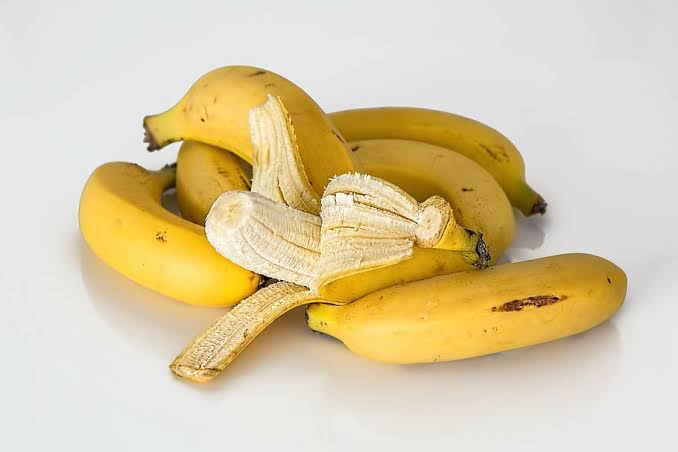Banana Ketchup: The Sweet and Tangy Philippine Condiment
Introduction:
Banana ketchup, known as "banana sauce" in the Philippines, is a unique and beloved condiment that has a fascinating history and a distinctive taste. This crimson-hued sauce, made from mashed bananas, vinegar, sugar, and spices, has become an integral part of Filipino cuisine. In this article, we will explore the origins, production process, cultural significance, and culinary uses of banana ketchup.
*Historical Background*
The creation of banana ketchup can be traced back to the 1940s when the Philippines faced a severe shortage of tomato supplies during World War II. Due to the scarcity of tomatoes, inventive Filipino food technologist Maria Orosa sought alternatives to create a locally sourced ketchup. Drawing inspiration from a traditional Filipino condiment called "banana-mustard sauce," she experimented with ripe bananas as a substitute for tomatoes. Combining her culinary expertise with resourcefulness, she successfully crafted a tomato-free ketchup using bananas, vinegar, sugar, and spices. The result was a flavorful and vibrant red sauce that would later become an enduring culinary icon.
*Production Process*
The production of banana ketchup involves a careful blending of ingredients to achieve its signature taste and consistency. The primary components include ripe bananas, cane vinegar, sugar, garlic, onion, ginger, and various spices like cloves, allspice, and cinnamon. The bananas are peeled, mashed, and then simmered with the other ingredients to form a smooth and thick puree. The mixture is then bottled and sealed for preservation. Some variations may add tomato paste or food coloring to enhance the color and flavor, although traditional recipes strictly avoid these additives.
*Cultural Significance*
Banana ketchup has a rich cultural significance in the Philippines. It is deeply rooted in the country's history, as it symbolizes resourcefulness and resilience during challenging times. Moreover, banana ketchup's ubiquitous presence on Filipino dining tables showcases its strong connection to the nation's culinary heritage. Families across the archipelago often use it as a condiment for various dishes, such as fried meats, grilled seafood, noodles, and even as a dipping sauce for snacks like spring rolls.
*Influence on Filipino Cuisine*
Banana ketchup's unique taste profile sets it apart from traditional tomato-based ketchups. Its naturally sweet and tangy flavor complements a wide array of dishes, adding a distinct tropical twist to the palate. From Filipino-style spaghetti, where it is a key ingredient in the sauce, to popular barbecue dishes like "chicken inasal" and "pork barbecue," banana ketchup plays an essential role in enhancing the overall taste of these dishes. It has also inspired innovative fusion recipes, like banana ketchup-infused burger patties or marinades.
*Export and Global Recognition*
In recent years, the popularity of banana ketchup has transcended national borders, gaining recognition and appreciation in international markets. Filipino communities worldwide embrace it as a taste of home, while global food enthusiasts and chefs are increasingly intrigued by its unique flavor. As a result, banana ketchup has found its way into specialty stores and international markets, introducing the world to the distinct taste of Filipino cuisine.
*Conclusion*
Banana ketchup, with its intriguing history, distinctive taste, and cultural significance, exemplifies the ingenuity of Filipino culinary traditions. From its humble origins as a wartime substitute to its present-day status as a global culinary delight, this crimson sauce has earned its place on the world's dining tables. Embraced by Filipinos and admired by food enthusiasts worldwide, banana ketchup stands as a testament to the power of creativity and innovation in the world of gastronomy.








Comments
Post a Comment